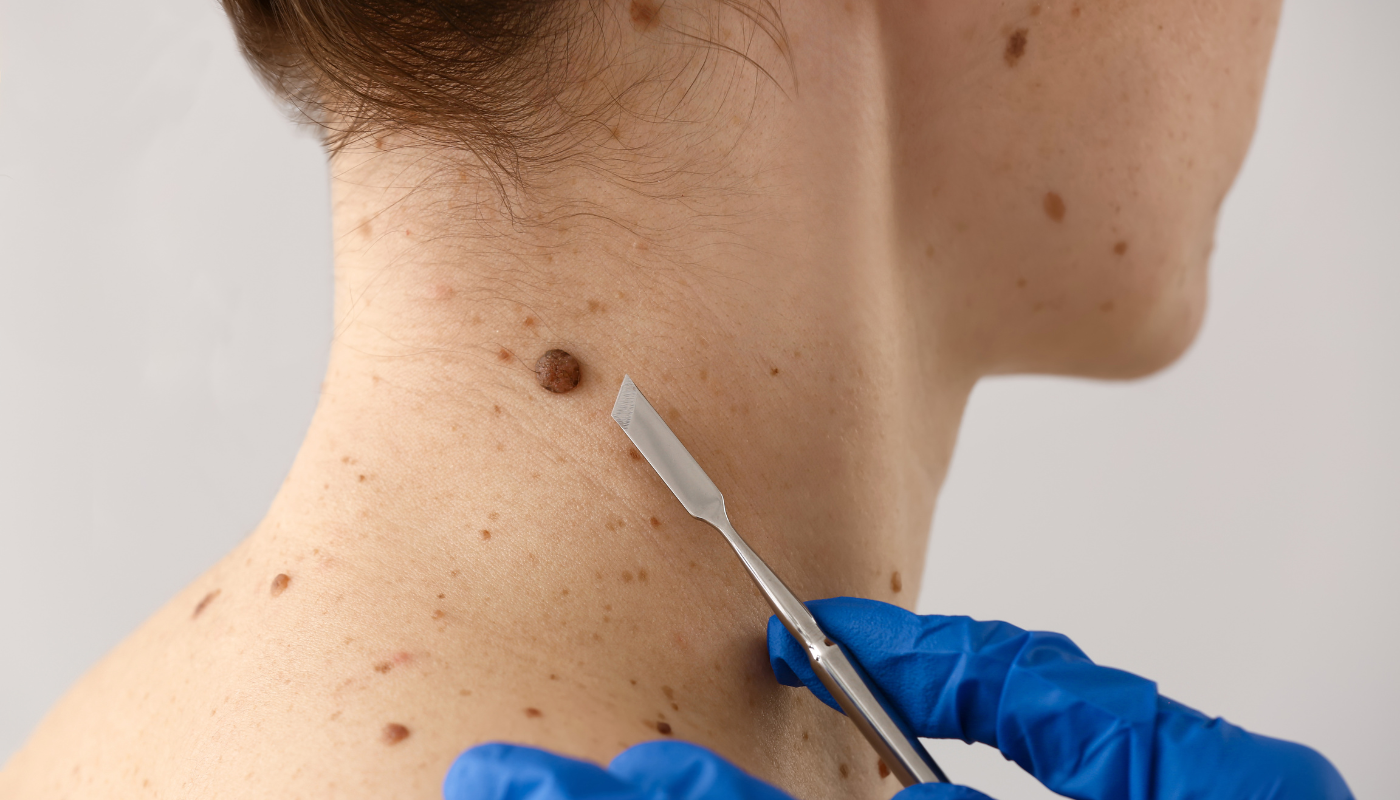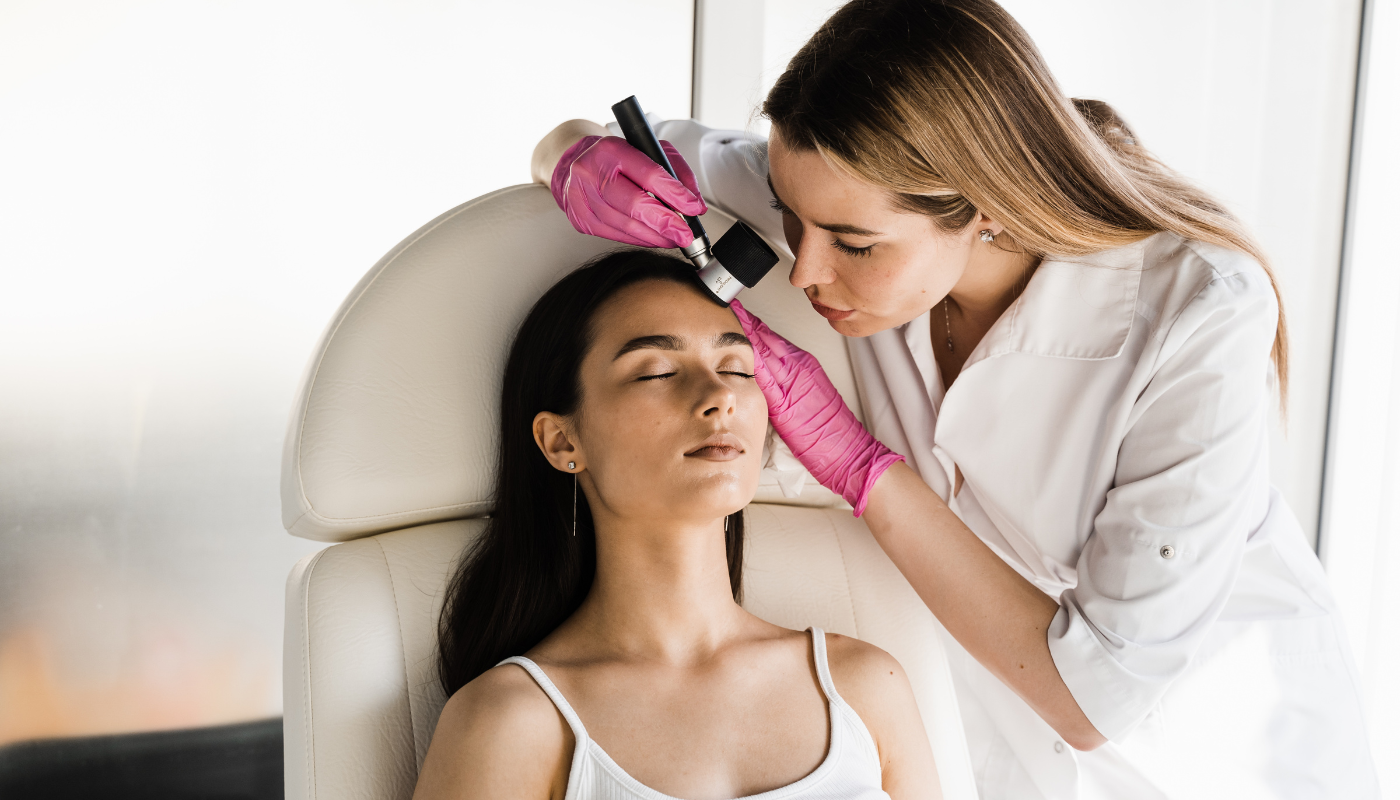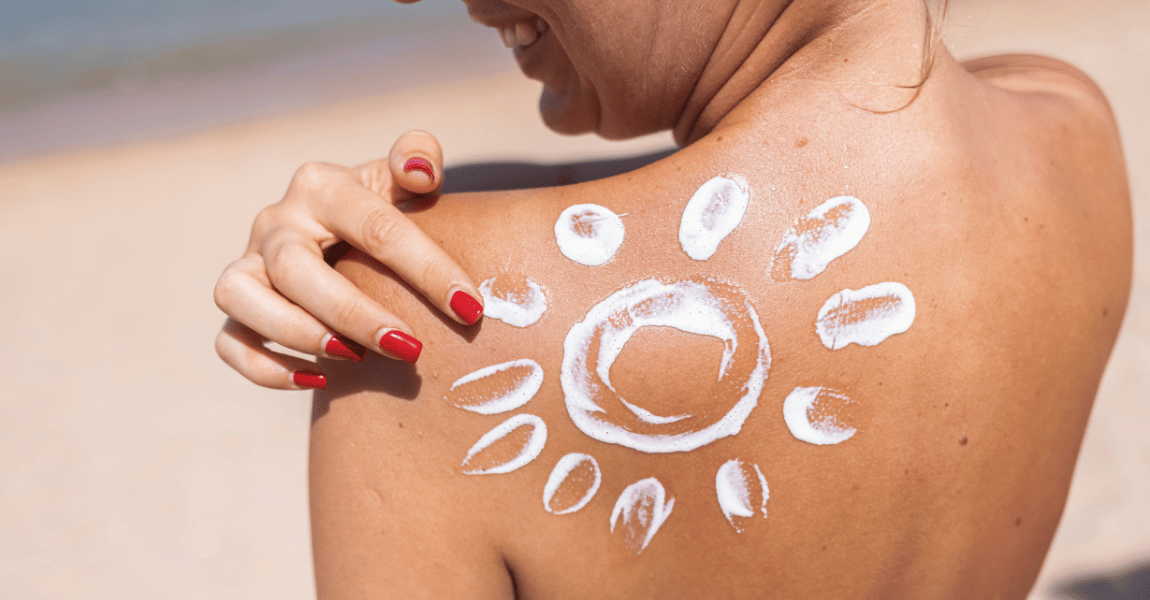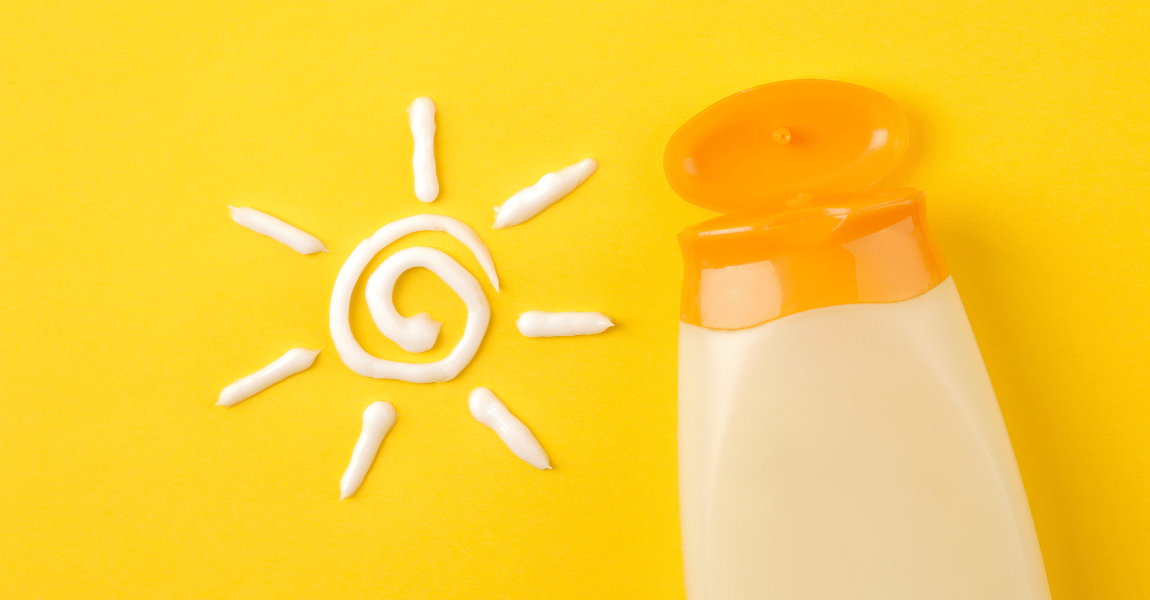The Ultimate Guide to Sunscreen: Benefits and Best Practices for Reapplication
Benefits and Best Practices of Sunscreen. The Ultimate Guide

Sunscreen is one of the most effective tools in protecting your skin from the harmful effects of ultraviolet (UV) radiation.
Whether you’re heading to the beach, going for a walk, or just running errands, wearing sunscreen daily is essential for maintaining healthy, youthful skin and reducing the risk of sun damage and skin cancer.
But what exactly are the benefits of using sunscreen, and how often should you reapply it to ensure maximum protection?
Let’s dive in.
The Benefits of Using Sunscreen
1. Prevents Sunburn
One of the most immediate effects of unprotected sun exposure is sunburn, which occurs when UVB rays damage the outermost layers of the skin.
Sunburn is not just painful—it is a clear indicator of DNA damage that can lead to premature aging and skin cancer over time.
Using sunscreen with at least SPF 30 can significantly reduce the risk of sunburn by blocking UVB radiation and keeping your skin protected, even during peak sun hours.
2. Reduces the Risk of Skin Cancer
Skin cancer is the most common type of cancer worldwide, and UV exposure is the leading cause.
There are three major types of skin cancer linked to UV radiation:
- Melanoma (the deadliest form)
- Basal cell carcinoma (BCC)
- Squamous cell carcinoma (SCC)
Sunscreen acts as a barrier against harmful UVA and UVB rays that contribute to cellular mutations and skin cancers. Studies have shown that daily use of sunscreen with SPF 15 or higher can reduce the risk of melanoma by 50% and SCC by 40%.

3. Prevents Premature Aging (Photoaging)
UV exposure is responsible for up to 90% of visible signs of skin aging, including:
- Wrinkles and fine lines
- Sagging skin
- Hyperpigmentation (dark spots, sunspots)
- Uneven skin texture
This process, known as photoaging, occurs when UVA rays penetrate deep into the dermis, breaking down collagen and elastin, the proteins responsible for skin’s firmness and elasticity.
By wearing broad-spectrum sunscreen daily, you can significantly slow down the aging process and keep your skin looking youthful, smooth, and radiant for years to come.
4. Prevents Hyperpigmentation and Dark Spots
Sun exposure triggers an increase in melanin production, which can lead to:
- Sunspots (age spots)
- Melasma (patchy skin discoloration)
- Freckles and uneven skin tone
People with darker skin tones are particularly prone to post-inflammatory hyperpigmentation (PIH), where even mild sun exposure can cause persistent dark spots.
Regular sunscreen use helps prevent new discoloration and stops existing dark spots from worsening.
5. Protects Against Skin Conditions and Sensitivity
UV rays can exacerbate certain skin conditions, making them worse over time. Sunscreen helps manage and prevent:
- Rosacea flare-ups (UV rays can increase redness and irritation)
- Acne scars darkening (sunscreen prevents post-acne marks from getting darker)
- Eczema and psoriasis irritation (protecting the skin barrier prevents further damage)
6. Strengthens the Skin Barrier
Your skin barrier is essential for locking in moisture and keeping out harmful environmental aggressors. UV rays weaken this barrier, leading to dry, flaky, and sensitive skin.
Sunscreen acts as a protective shield, preventing moisture loss and maintaining hydrated, healthy skin.
7. Reduces the Risk of Sun-Induced Eye Damage
The skin around your eyes is thin and delicate, making it more susceptible to UV damage.
Excessive sun exposure can contribute to:
- Crow’s feet and fine lines
- Eye sunburn (photokeratitis)
- Increased risk of cataracts and macular degeneration
Wearing sunscreen on your face and around your eyes, along with UV-protective sunglasses, helps safeguard your vision and keep the skin around your eyes youthful.

How Often Should You Reapply Sunscreen?
Applying sunscreen in the morning is not enough—to maintain protection, you need to reapply it throughout the day.
Here’s a breakdown of when and how often to reapply sunscreen for maximum effectiveness.
General Rule: Every Two Hours
Most dermatologists recommend reapplying sunscreen every two hours, especially if you’re spending time outdoors.
This is because sunscreen breaks down over time, reducing its protective capabilities.
Reapply More Often If:
- You’re swimming or sweating: Water and sweat dilute sunscreen, even if it’s labeled "water-resistant."
- If you're swimming, reapply every 40-80 minutes, depending on the sunscreen's water resistance level.
- You wipe or touch your face frequently: Sunscreen can rub off when using towels, tissues, or even by touching your skin.
- You’re exposed to intense sunlight: In high UV index conditions (e.g., beach, skiing, hiking), reapplying every 90 minutes is ideal.
How to Properly Reapply Sunscreen
- For face reapplication (without ruining makeup):
- Use a sunscreen spray or powder sunscreen with SPF for a quick refresh.
- Gently pat on sunscreen with a sponge or beauty blender.
- For full-body reapplication:
- Use about one ounce (a shot glass full) of sunscreen to cover your entire body.
- Don't forget areas like the ears, neck, hands, and feet.

Bonus: Choosing the Right Sunscreen
When selecting a sunscreen, make sure it has the following:
- Broad-spectrum protection (blocks both UVA & UVB)
- SPF 30 or higher (SPF 50+ for prolonged outdoor exposure)
- Water resistance (40-80 minutes, if sweating or swimming)
- Non-comedogenic (for acne-prone skin)
- Fragrance-free & hypoallergenic (for sensitive skin)
Final Thoughts
Sunscreen is the most powerful anti-aging and skin-protecting product you can use daily.
It prevents sunburn, premature aging, and skin cancer, keeping your skin healthy and youthful for years to come. However, application alone isn’t enough—consistent reapplication every two hours is key to ensuring full protection against harmful UV rays.
By making sunscreen a daily habit, you're taking an important step in preserving your skin’s health and beauty for a lifetime. 🌞💙
More Skin Tips.
CoreBodi










| Powered by Kaptol Media


